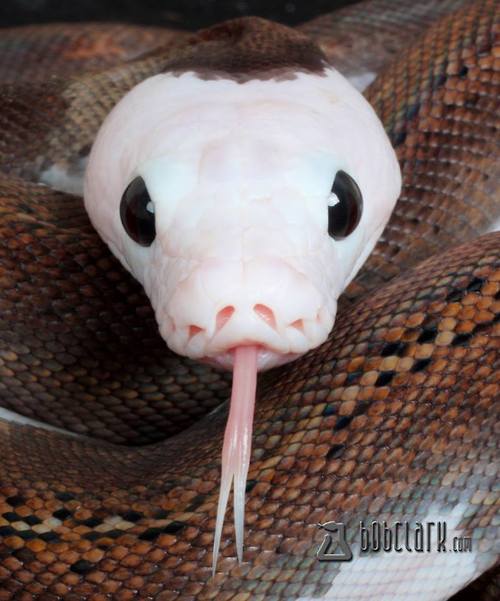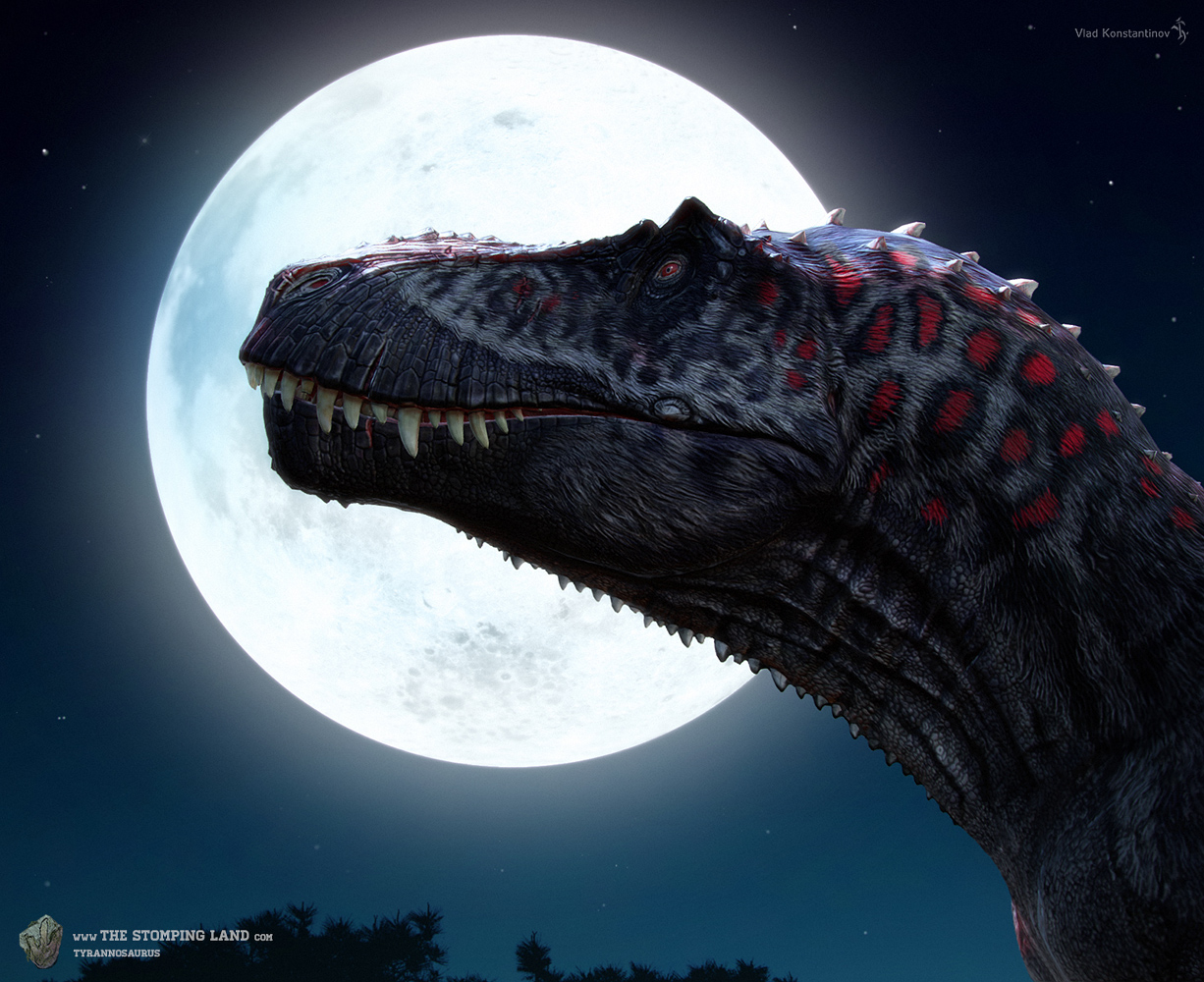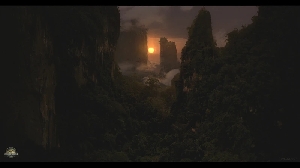The size of Torvosaurus
Dinosaurs Forum Topic

Carnosaur
MemberCompsognathusAug 24, 20144614 Views7 RepliesThe largest megalosaur yet discovered, but how big was it exactly? let's take a look...
We're gonna start off with the supposed 158cm long skull, which wasn't really an entire skull but the maxilla.
The official length for the maxilla - not the skull in its entirely, just the bone - was 63cm(2.06 feet)
It appears in 2006, they did some very basic calculations wrong, what's more they used a study done in 1991(Britt et al.) never mentions that the maxilla of the specimen with the reconstructed 118cm skull was 47cm long, it doesn't even give a number for it!
But, we'll get to that shortly. Right now, i'll show you how they got the monster 13 meter torvosaurus, as simply a scaling error.
The American Torvosaurus (T. Tanneri) had a maxilla roughly 45cm in length(1.47 feet), a skull measuring 2,87 feet and a total body length of 9.4 meters
Assuming the same proportions(as it should have, being the same genus) the European species would measure ~ 38.6 feet TBL.
Megalosaurs aren't skinney, either. Their torsos are broad, and their legs robustly built. a thirty eight foot Torvosaurus would weigh 6.25 tons, the size of a small tyrannosaurus rex.
But wait, i mentioned the fact the 2006 study used incorrect measurements, right?
exactly.
Scott Hartman drafted up the skull of Torvosaurus spp, and overlayed it with that of the 2006 study torvosaur skull:

it doesn't quite fit..
most were taking the 1.58m estimate in Mateus et al. (2006) at face value, under the assumption that if a 9m one had a 1.18m skull then one with a 1.58m skull must be over 12m long, but it seems Mateus et al. (2006) were very careless with that estimate
Torvosaurus Gurneyi, as it has been named, consists ML 1100, an incomplete left maxilla bearing one erupted tooth and one unerupted tooth and the posterior portion of a proximal caudal vertebrate.
Differs from Torvosaurus tanneri by fewer than eleven maxillary teeth(T. Tanneri had 13), the absence of interdental plates terminating ventrally by broad V-shaped points and falling short relative to the lateral wall, the absence of a protuberant ridge on the anterior part of the medial shelf, posterior to the anteromedial process, and the coincidental posterior extension of the dorsal and medial ridges of the anteromedial process. What we have here is definetly not the same species as the american, but different....and larger.
The holotype of T. Tanneri( BYU 2002) is what we're going to compare T. Gurneyi to, in order to get an idea of its size.
T. Tanneri(in cm): fibula length 68.7, humerus length 42.04, , skull length 131, tibia length 72.5,
TBL: 9 meters; TBW: 2.5 - 3 ton
T. Gurneyi( in cm): Fibula length 70.3(?), Humerus length 43(?), Skull length 145, tibia 73.4(?)
Using this, and the base of T. Tanneri, we get a large theropod indeed. Torvosaurus Gurneyi would measure 10.3 meters in length, stand 8 feet tall, and tip the scales at 3.5 - 4 tons.
Fans of the bigger torvosaurus? fear not! Edmarka rex, which very well could be synonomous with Torvosaurus, would be in the 11 meter range(i'll cover him later), and our fellow user Primal King has sent me some very promising news regarding T. Tanneri, with recent finds suggesting at an 11 m + animal. Only time will tell, but for now, Europe has a new largest theropod in the way of Torvosaurus Gurneyi.
Nature doesn't deceive us; it is we who deceive ourselves.
Replies to The size of Torvosaurus
Hey Guest, want to add your say?
Are you an avid Jurassic World fan looking for a dedicated online community of likeminded fans? Look no further! Create your own profile today and take part in our forums and gain XP points for all the content you post!















